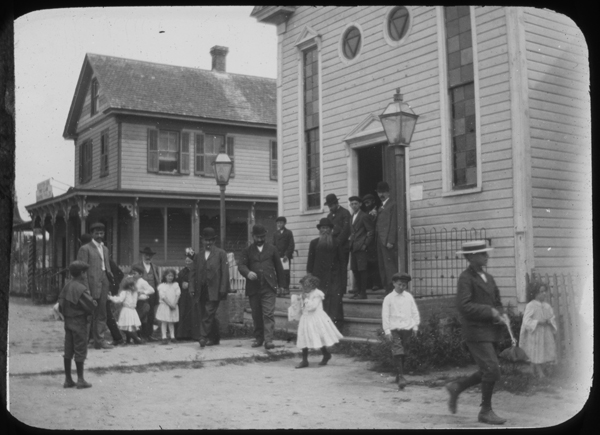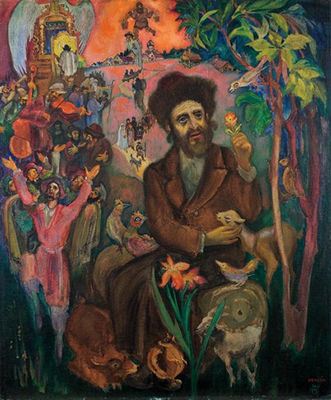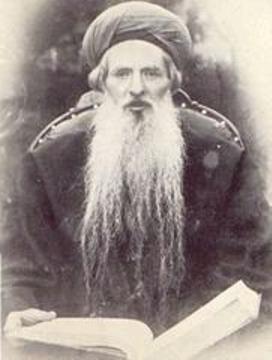
It was not so much the allure of Enlightenment but rather the poverty and persecution in Eastern Europe in the nineteenth century that were the main causes for the rampant loss of faith and tradition then amongst millions of Jews. The statement of the rabbis: “A poor person is as a dead person” remains as an astute and realistic assessment of human life.
Between the First and Second World War, the Jewish economy collapsed completely in most of the eastern European countries where Jews resided. Much, if not most of the collapse was due to government sponsored anti-Semitic decrees aimed to destroy traditional Jewish industries such as liquor, textile and tobacco. All of those industries were taken away from the Jews by the government with little or no compensation. Thousands and thousands of Jews found themselves on the streets unemployed.
The Joint Distribution Committee, the Jewish welfare organization, distributed large amounts of money and food just to keep Jews alive. Unemployment among Jews in certain areas ran as high as 40%. Even the jobs that they had were not enough to make a living.
Roman Vishniac was a photographer who took pictures of Jews living at this time. In the 1930s he went through Poland, Romania and the Carpathian area taking pictures of Jewish life. There are photos of Jewish children going to school barefoot, wearing tattered clothing, their bodies emaciated. There was disease, lack of sanitation – it is hard to believe the time period is the 20th century.
Between the wars the position of the Jews reverted back to what it had been 100 years earlier. Any progress that had been made socially, economically and otherwise in that time was wiped out.

The difference was that a century earlier the Jews were still mostly religious and could find solace – real solace – in their situation despite the poverty. King David stated in Psalms that “If not for Your Torah, I would then have been completely lost in my poverty and desolation.” This refers not only to immersing one’s self wholeheartedly in the study and support of Torah and its values, which is certainly the plain import of the verse, but a perspective of life. A person eventually has to observe one’s self in terms of eternity if life is to have any real and lasting meaning.
Masses of Jews not only abandoned this perspective after the First World War but invested meaning in their material situation. When this rug was pulled out from under them by the economic realities of the post-war world and rising anti-Semitism they had the worst of both worlds and were extremely vulnerable to the horrors that were to follow.










